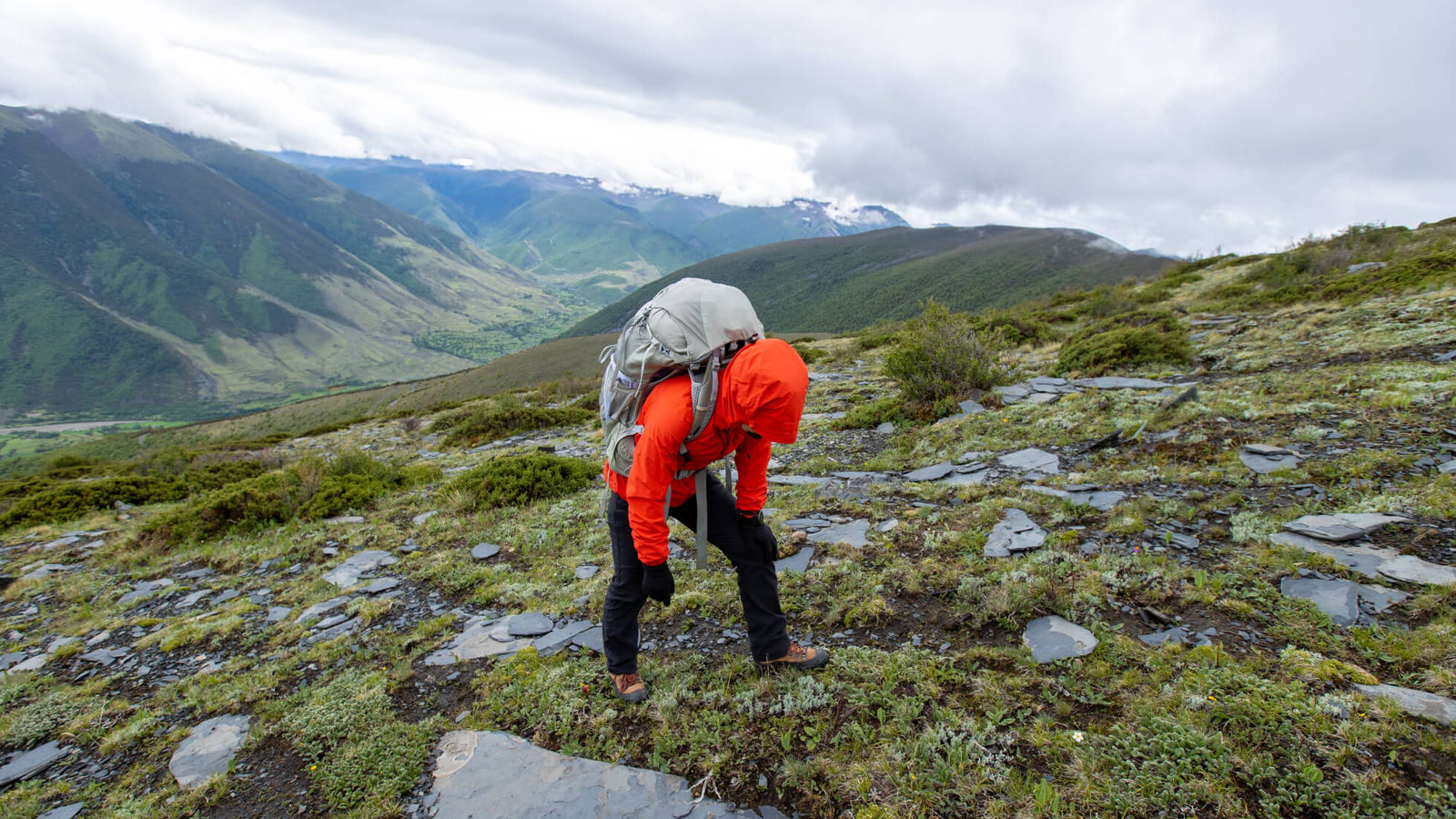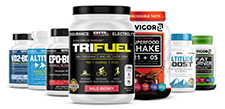What is Acute Mountain Sickness and How to Avoid It

Along with lofty ambitions of skiing at altitude, scaling new mountain passes, and completing epic races comes a risk that every adventurer should know about: acute mountain sickness (AMS).
Also known as altitude sickness, AMS is a potentially serious condition that can strike when you rapidly ascend to high elevations. And trust me, you don't want to mess with it. So, let's dive in and break down what causes AMS, how to spot the warning signs, and most importantly, how to prevent it from ruining your high-altitude endeavors.
Environmental Conditions that Increase AMS Risk
The primary driver of acute mountain sickness is rapid exposure to low-oxygen, high-altitude environments. As you climb higher, the air pressure (and subsequently, the concentration of oxygen) decreases. This forces your body to work overtime to get the oxygen it needs, which can lead to a variety of unpleasant symptoms.
In general, you're at a higher risk of AMS if you:
- Ascend above 8,000 feet (2,400 meters) in elevation
- Gain more than 1,000 feet (300 meters) in elevation per day
- Travel to a high-altitude destination after spending time at sea level
Pre-Existing Conditions that Elevate AMS Risk
While rapid ascent is the root cause, certain pre-existing medical conditions can also increase your susceptibility to acute mountain sickness, including:
- Heart or lung disease
- Anemia or other blood disorders
- Diabetes
- Obesity
- History of altitude sickness
If you have any of these underlying health issues, it's crucial to consult your doctor before embarking on a high-altitude adventure.
Spotting the Warning Signs of AMS
Acute mountain sickness typically begins with mild symptoms like headache, nausea, dizziness, and fatigue. But left unchecked, it can quickly progress to more severe, life-threatening conditions like high-altitude cerebral edema (HACE) and high-altitude pulmonary edema (HAPE).
So keep an eye out for these warning signs:
- Persistent headache
- Loss of appetite, nausea, or vomiting
- Fatigue or weakness
- Dizziness or lightheadedness
- Trouble sleeping
- Shortness of breath
If you experience any of these symptoms, don't try to power through it. Seek medical attention immediately.
Treating Acute Mountain Sickness
The first line of defense against AMS is to descend to a lower elevation as quickly as possible. This allows your body to acclimate to the thinner air and can help resolve mild symptoms.
For more severe cases, supplemental oxygen and medications may be required. In extreme situations involving HACE or HAPE, hospitalization and intensive care may be necessary.
Preventing Acute Mountain Sickness
The best way to handle AMS? Avoid it altogether. Here are some proven prevention strategies:
- Ascend gradually – gain no more than 1,000 feet (300 meters) per day above 8,000 feet (2,400 meters)
- Stay hydrated and eat a high-carb diet to support your body's increased oxygen demands
- Avoid alcohol and sleeping pills, which can worsen symptoms
- Listen to your body – if you start feeling under the weather, don't be afraid to turn back or take a rest day
By being proactive and knowing the warning signs, you can safely enjoy all the thrills of high-altitude adventures without the risks of acute mountain sickness. And if you need a little extra support, check out BRL Sports' Altitude RX — a comprehensive supplement designed to help your body adapt to the demands of training and competing at elevation.
Take the next step in your training regimen: Try any BRL Sports supplement risk-free! If our natural nutritional products aren’t the best you’ve ever used, simply return your purchase for a 100% refund — no questions asked!
Also in Inspiration & Perspiration

High Altitude Supplements: Complete Guide to Training & Prevention (Altitude Sickness Solutions)
Support endurance and reduce altitude stress with supplements that improve oxygen efficiency, stamina, and recovery in high-altitude conditions.

Best Supplements For Runners: Complete Guide By Training Phase (Base, Peak, Taper & Race Day)
Discover the best supplements for runners by training phase—base, peak, taper, and race day—to boost endurance, recovery, and performance.

Creatine for Endurance vs. Sprint Efforts
Creatine isn’t just for power—learn how it boosts sprint speed, recovery, and endurance performance.


